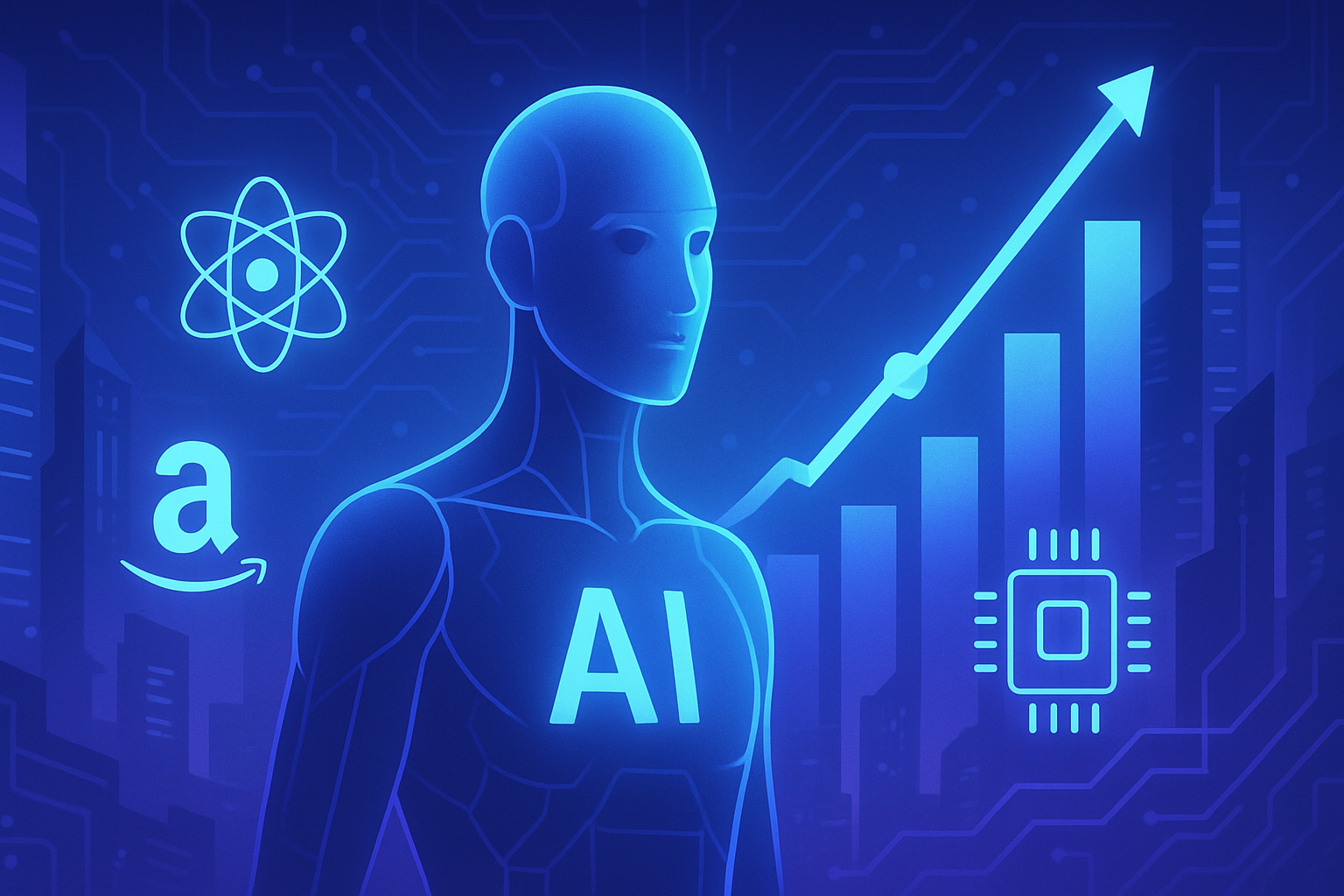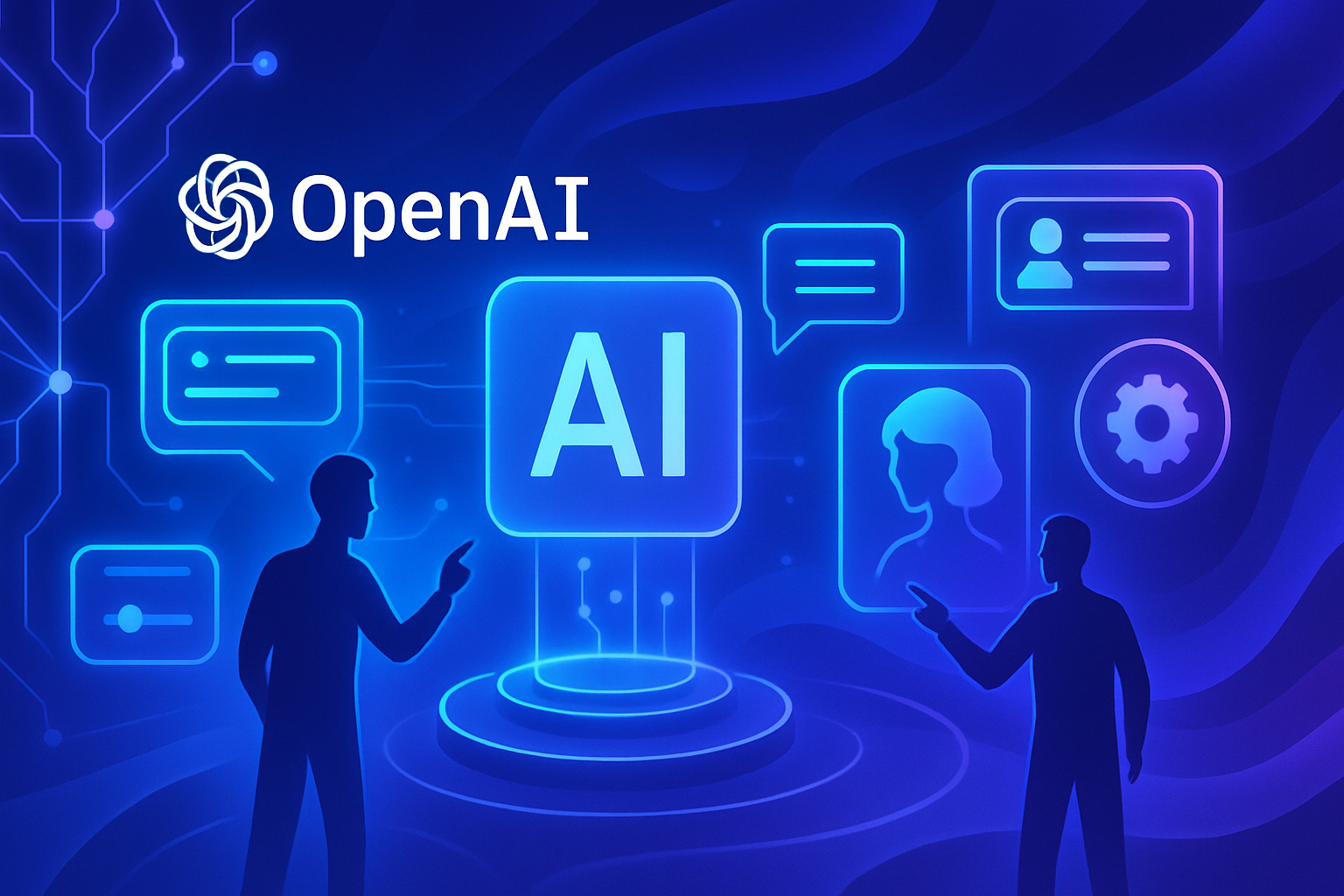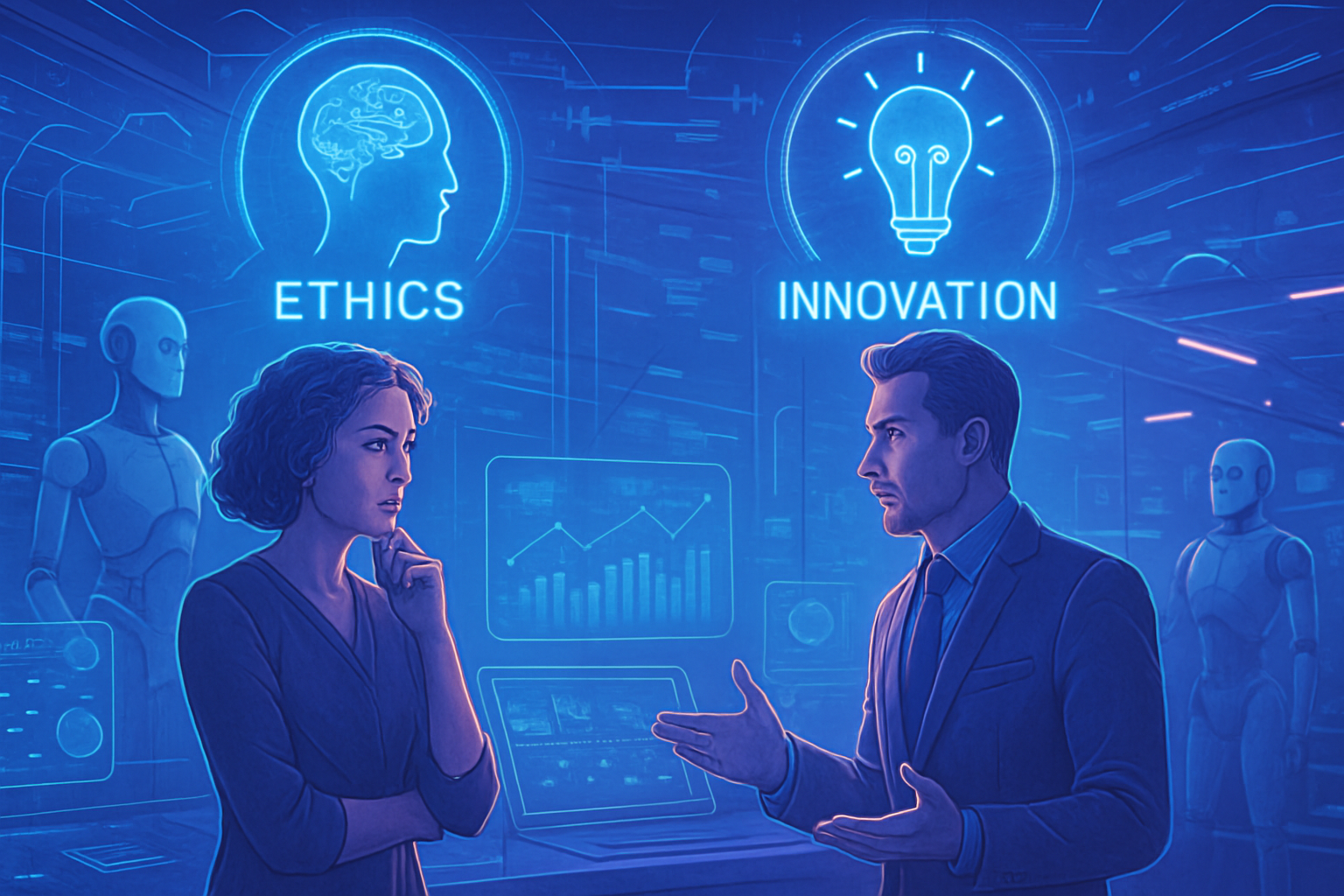The *lightning* rise of AI-focused companies is redefining global *economic parameters*. A bold prediction emerges: an AI stock could reach a market capitalization *greater* than that of Alphabet and Amazon by 2030. Microsoft, with its well-received strategy and integrated offerings, shows unmatched resilience in the face of *economic uncertainties*. *The dynamic of a recurring business model* gives it an undeniable advantage over its competitors.
A business model centered on the enterprise
Companies that adopt a resilient subscription model can better navigate an uncertain economic environment. Such a model, primarily focused on professional customers, offers greater long-term visibility. Compared to consumer-exposed models, this approach allows for increased revenue predictability.
The rise of artificial intelligence
Advances in artificial intelligence (AI) are significantly transforming the business landscape. Giants like Alphabet and Amazon, despite their strong market presence, face increasing pressure in consumer-related sectors. In contrast, Microsoft has positioned itself by focusing on solutions for enterprises, thus achieving a certain degree of resilience.
Microsoft’s enterprise-focused strategy
Microsoft plays a key role in this technological revolution thanks to an AI strategy geared towards enterprises. There are over 800 million monthly active users interacting with AI features integrated into various company services. The Copilot platform, integrated into applications like Office and Teams, has laid a solid foundation for increased usage of AI solutions.
Growing adoption of cloud computing
The rise of cloud computing represents an essential growth engine for Microsoft. With a market share of 20%, Azure has established itself as the second-largest global cloud infrastructure provider. By expanding its network of data centers, Microsoft is preparing to meet the growing demand related to AI.
A comprehensive technology offering
The diversity of Microsoft’s technology offering is an undeniable advantage. The Fabric platform for data analytics and Azure AI Foundry for AI application development allow companies to design large-scale customized solutions. This integration facilitates the creation of millions of agents tailored to the daily needs of businesses.
A substantial growth potential
Microsoft shows an impressive contract backlog of 368 billion dollars, bolstered by a high subscription rate. With a mix of recurring revenues reaching 98%, the company enjoys optimal visibility into its future revenues, thus extending a sustained growth trajectory.
Comparison with Alphabet and Amazon
Despite their imposing stature, Alphabet and Amazon face growing challenges. Alphabet, while offering innovative models, faces threats to its core search business. AI chatbots and other AI-enhanced search engines represent disruptive obstacles to its traditional model.
Amazon’s outlook
Amazon highlights its investments in AI technologies, particularly through its Bedrock service. However, AWS’s performance, while dominant, shows lower growth than Azure, which affects Amazon’s ability to maintain its competitive advantage without compromising profitability.
Outlook for the future
Analysts like Philippe Laffont estimate that Microsoft’s market capitalization could reach nearly 5.7 trillion dollars by 2030. Other forecasts suggest it could surpass the combined capitalization of Alphabet and Amazon before this crucial deadline. Microsoft is clearly positioning itself to dominate the future technological landscape.
Common FAQs about the prediction of AI stock value by 2030
Which company could surpass the combined value of Alphabet and Amazon by 2030?
According to analyses, Microsoft is often mentioned as having the potential to reach this position due to its enterprise-centered business model and its adoption of artificial intelligence technologies.
What are the main factors that could drive Microsoft’s stock value?
Factors include a strong artificial intelligence strategy, an active user base, as well as an integrated product portfolio that encourages enterprise adoption.
How does the adoption of artificial intelligence influence Microsoft’s revenue?
The adoption of artificial intelligence, particularly through products like Copilot, contributes to recurring revenues and provides better visibility into future revenue streams.
How is Microsoft’s business model more resilient in the face of an uncertain economy?
The long-term subscription and stable contract-based model allows Microsoft to benefit from increased visibility into its revenues, even amidst economic fluctuations.
What potential risks does Microsoft face from competitors like Alphabet and Amazon?
Key risks include heightened competition in artificial intelligence and challenges related to integrating AI technologies across various sectors.
What initiatives is Microsoft taking to prepare for the growing demand for AI?
Microsoft is investing in expanding its data center capacity and developing innovative solutions to optimize artificial intelligence-related performance, such as liquid cooling.
How many customers are already using Microsoft’s artificial intelligence features?
With over 800 million active users, Microsoft demonstrates significant adoption of its integrated artificial intelligence features in its products.
What is the importance of the increase in contracts for Microsoft in this context?
Having a solid backlog of 368 billion dollars strengthens Microsoft’s market position, thereby contributing to its value as a major player in artificial intelligence.






